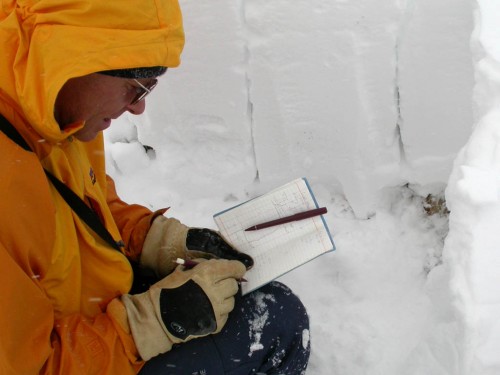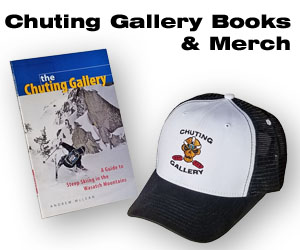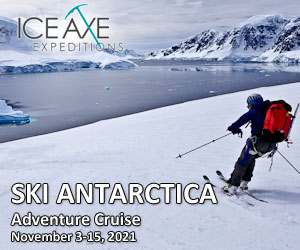Avalanche Avoidance – Part II
Avalanche safety is a blend of art and science. The artful part has to do with route finding and safe travel protocol, while the science aspect is concerned with testing the snowpack and tracking the weather. Both elements are important and ski mountaineers mix and match them according to their own personal interests.
The science aspect of avalanche safety is akin to a college degree; something that is good to have, vital to understand, an excellent background and looks good on your resume, but the information is usually forgotten as soon as you graduate unless you go into avalanche academia. Sticking to a ridgeline for an ascent is a far more practical way to avoid avalanches than calculating (T10-Tgnd) / (HS/10) =cTG. As Bruce Tremper says in his excellent book “Staying Alive in Avalanche Terrain” there are many avalanche pros who would be “hard-pressed to tell a facet from a faucet, but they have nevertheless managed to develop a nearly infallible feel for the snow.”
______________________
For 15% off on The Avalanche Handbook from Backcountry.com, click the photo below…
Category: 07 Avalanche Avoidance










